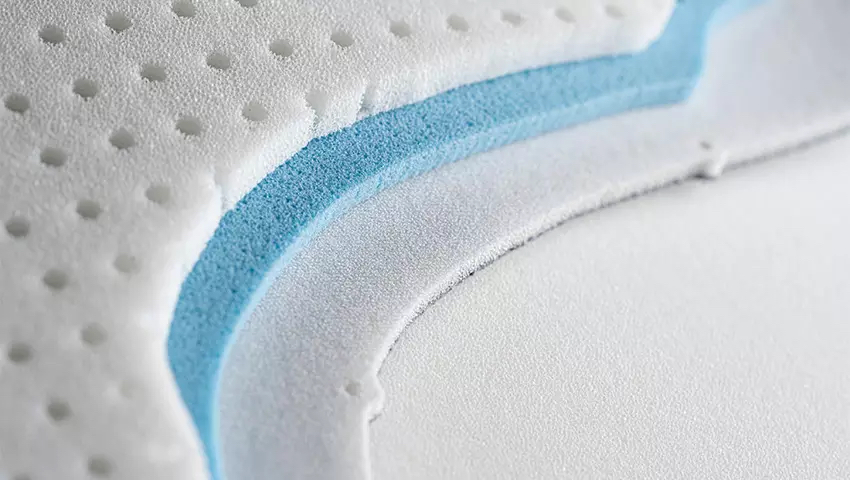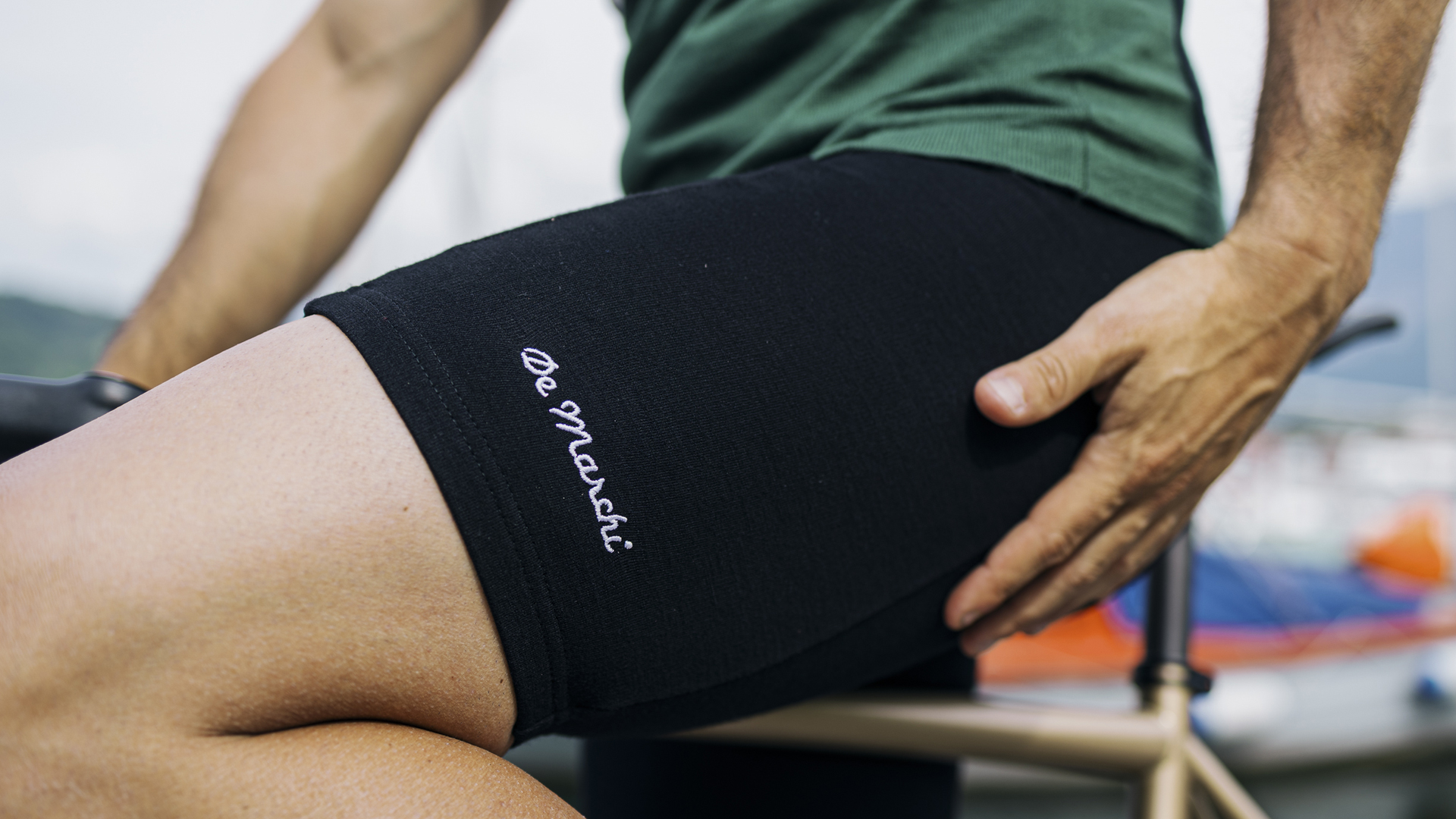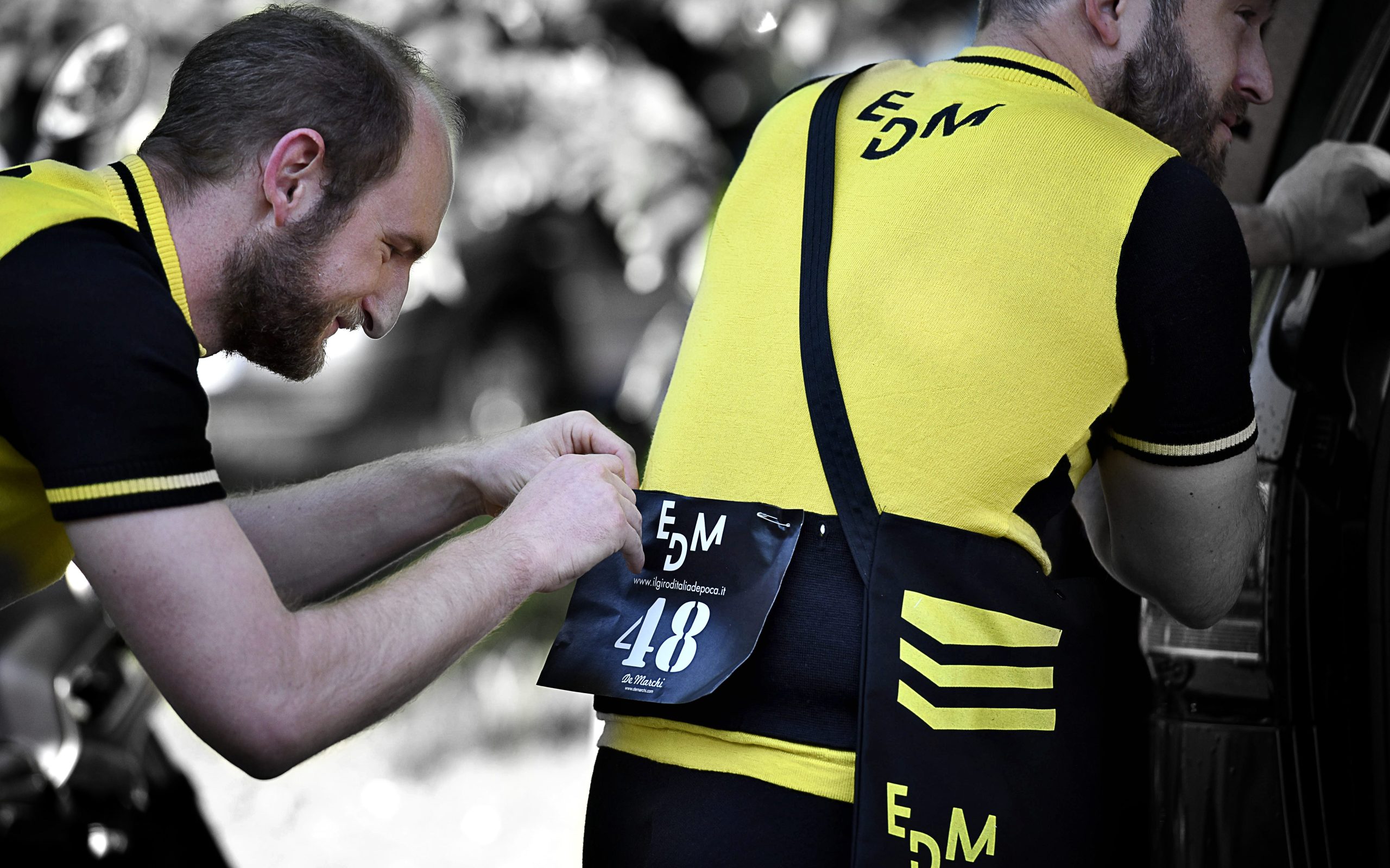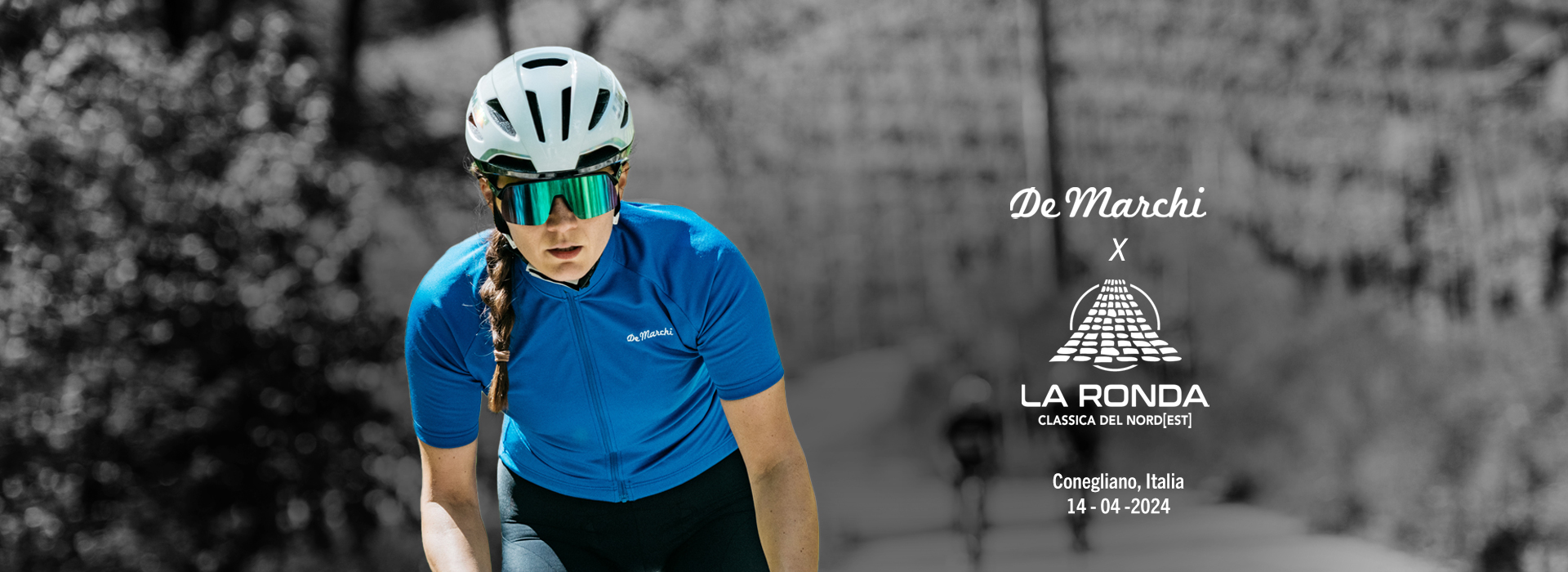
Chamois: what a strange thing. What a strange name for what it is in the end. However, the rise of the chamois technology in cycling shorts is a big thing.
Picture yourself heading out on a bike race with a jersey and shorts made from wool and a chunk of leather between your legs.
This was the feeling that Coppi and Bartali should have experienced when trying to make their way at the Giro and the Tour de France in early forties.
Besides cranking derailleurs and weighty steel bicycles, saddle comfort was another thing to consider. “Am I going to make it through that hill? Things feel crunchy down there: did I put enough cream on that piece of sheep?”. The rise of technology in cycling shorts was still hard to come by.
Consider what happened in cycling apparel over the course of the last century or so, which is when everything started: on jerseys for example we went from wool to synthetic, add a zipper instead of buttons (thanks grandpa Emilio De Marchi!) and got rid of two front pockets. That’s pretty much it.
Almost the same thing happened to the shorts but with a significant exception: the chamois. From wool to Lycra in 1977 (thank you Descente for ordering those protos to Tony Moussa-Maier), add straps so we can call them bib et voilà: welcome to the new millennium where you can’t have a decent pair under 200 euros or dollar, whatever.
The chamois however has undergone some major changes and has benefited from technology advancements more than the whole garment itself: it has become the main terminal in between the body and the bicycle, others being the handlebar and the pedals.
In ninety nineties comfy saddles were practically non-existent. And so they are now. With some notable exceptions (SMP, thanks), most of the development efforts in saddle technology have been devoted to reducing weight, not much in increasing comfort.
In 1991 Selle Italia introduced the Flite, an all-carbonium saddle with titanium rails who weighted a mere 200 grams, which was about the half of other standard saddles. Today the SLR C59 weights 63 grams. So, as a recap, we’ve lost about 300 grams down there. Anything else? Not much.
Chamoises on the other hand have gone a long way. From sheep to deer to coagulated microfiber and, again, microfiber, open-cell foams, gel, molding, heat-forming technology, bacteria-static materials, reticular foams and 3-printing, well, it’s been a hell of a ride! Or better, a softer one!
First things first: why “chamois” or “shammy”, by the way? Well, besides being the name of a little village in Norther Italy where, by paradox, cars are banned (a cycling paradise!), “chamois” is “an agile goat-antelope with short hooked horns, found in mountainous areas of Europe from Spain to the Caucasus” as per Oxford Languages.
In other words, “nomen omen”. Yes, it’s the name of the beast. Chamois cloth was first created from goats because of their soft leather. And because wool was very itchy back in the day, goat leather, or chamois was added to the inside of the shorts presumably in the thirties of last century to reduce frictions between legs and prevent chafing.
Goat domination didn’t last long. Already in the fifties De Marchi introduced the first chamois made from buckskin, obtained from deer. Demand for cycling gear wasn’t as high as it is today (only pro riders were supposed to wear cycling-specific apparel) and environment conscience was, well, a little greener that it is now!
Buckskin chamois then lasted until the eighties. It was about time that the Japanese introduced their eco-conscious solution to the deer extinction issue and coagulated microfiber was born.
In 1980 precisely Haru-Kuraray, a Kobe-based company born in the twenties with the main goal to diffuse synthetic rayon fiber, introduces Amaretta in Europe for the first time. A coagulated microfiber, Amaretta was virtually impossible to distinguish from natural buckskin, except for one small detail: the smell. Amaretta didn’t smell leather.
The new material was mainly targeting the furniture and car industry as a substitute for natural leather but eventually made its way also in sports and cycling in particular, for obvious reasons discussed above.
Coagulated microfiber wasn’t destined to last, too though. Despite being an initial success in conjunction with an unprecedented market expansion in the early eighties, it still didn’t provide any substantial upgrade compared to buckskin. It was green of course, but in a market expanding at a faster pace this couldn’t be enough.
It was only a matter of time before someone thought of something better. In late nineties, after several years of secret tests, De Marchi filed an international patent for a stretch cycling short’s pad that contained several innovations compared to what was available on the market those days.
From a special stretch microfiber fabric, to differentiated padding areas to molding techniques, the stretch chamois was a hurricane that took everybody by surprise in the cycling apparel business.
From being a mere accessory to the short, the chamois quickly became the heart of technical cycling apparel. The stretch chamois in fact brought a radical improvement in saddle comfort with virtually no additional weight compared to previous products and this was priceless for amateur and pro riders alike.
Cytech, initially a division of De Marchi, quickly became a successful spin-off and rapidly imposed itself as the technological leader in a market that didn’t existed before.
Elastic Interface was the designated commercial brand of the elastic chamois and is now adopted by the majority of quality cycling apparel brands worldwide under license.
The rise of the chamois and of technology in cycling shorts was now a fact.

In cycling, bib shorts are the fundamental piece of clothing for your comfort on the saddle. The point of contact where your energy turns into motion is crucial, and for this reason De Marchi, true to its tradition, offers you a wide range of cycling shorts designed for every need. Whether you re looking for summer cycling shorts ideal for warmer days, woolen shorts for a touch of tradition, or a versatile and high-quality garment, every model signed De Marchi is the result of uncompromising research in terms of materials, fit, and functionality. For every cyclist, there is a De Marchi short. Lets discover them together.
Read now
One of the most captivating aspects? The opportunity to fully immerse yourself in another era of cycling. Paying attention to every single detail is crucial. At your first vintage cycling event, it wont be just a matter of style. Here are some detailed tips on how to choose vintage cycling apparel.
Read now
The Giro d Italia is not just one of the most prestigious cycling races in the world. It is a showcase of innovation in the cycling sector, a century-old catwalk of style, where jerseys are a true narrative of passion, challenge, and triumph. Lets relive together some anecdotes from unforgettable eras, for our brand and for cycling.
Read now
On April 14, 2024, in Conegliano, come and enjoy The Trevisos Flandres, the cycling event in the birthplaces of Ottavio Bottecchia, precisely on the occasion of the Centenary of his…
Read now